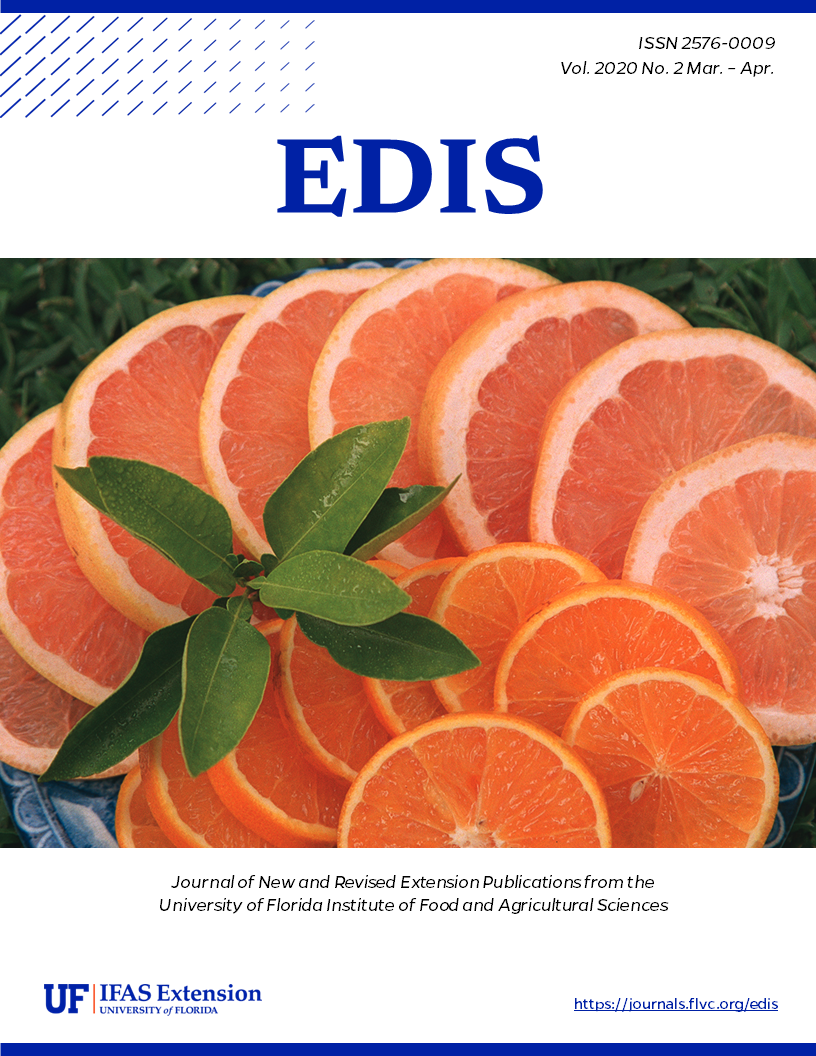Abstract
The European wool carder bee Anthidium manicatum (Linnaeus) is a solitary, cavity-nesting bee species in the family Megachilidae (tribe Anthidiini), a family whose members include the mason and leaf cutter bees. Wool carder bees are so named because the female bee scrapes and collects the soft downy hairs (trichomes) of fuzzy plants to use in building a nest for her young. Some consider male wool carder bees very charismatic and enjoy watching them chase after other bees that invade their territory, while others would call them bullies based on male bees’ aggressive tendencies toward other bees when defending floral resources.
This species has been called the most widely distributed unmanaged bee in the world (Strange et al. 2011) because of its expansive native and non-native range.
This document describes its synonymy, distribution, description, life cycle and biology, hosts, economic importance, and includes selected references.
Available on EDIS at https://edis.ifas.ufl.edu/in1274
Also available on the Featured Creatures website at http://entnemdept.ufl.edu/creatures/MISC/BEES/Anthidium_manicatum.html
Unless otherwise specified, articles published in the EDIS journal after January 1, 2024 are licensed under a Creative Commons Attribution-NonCommercial-NoDerivs 4.0 International (CC BY-NC-ND 4.0) license.

